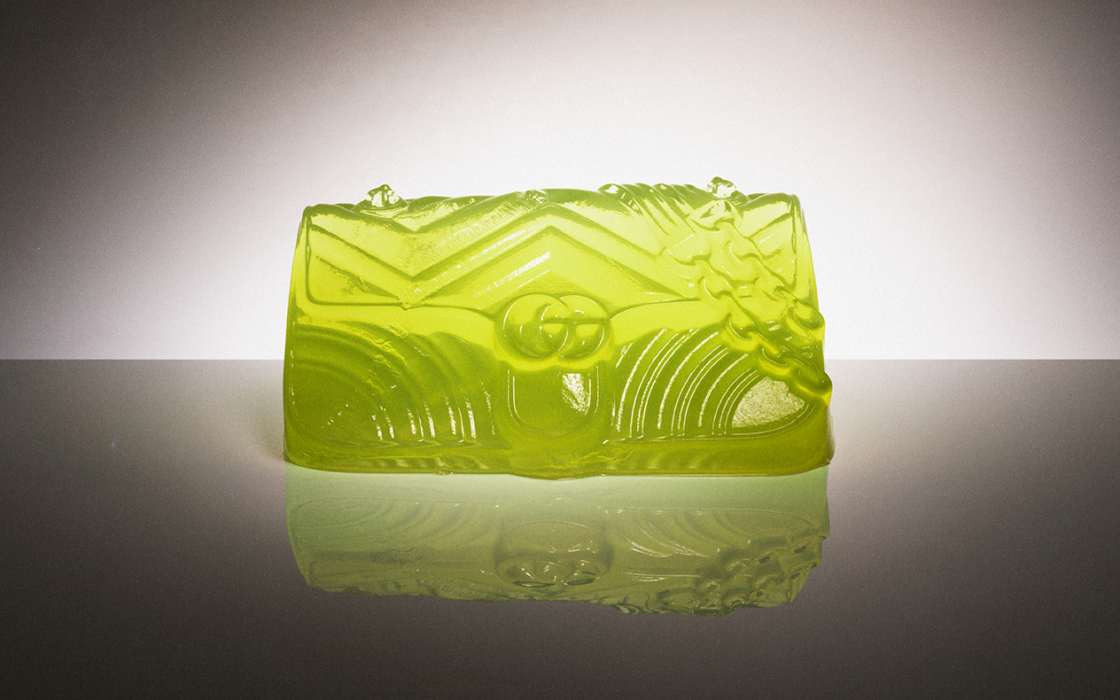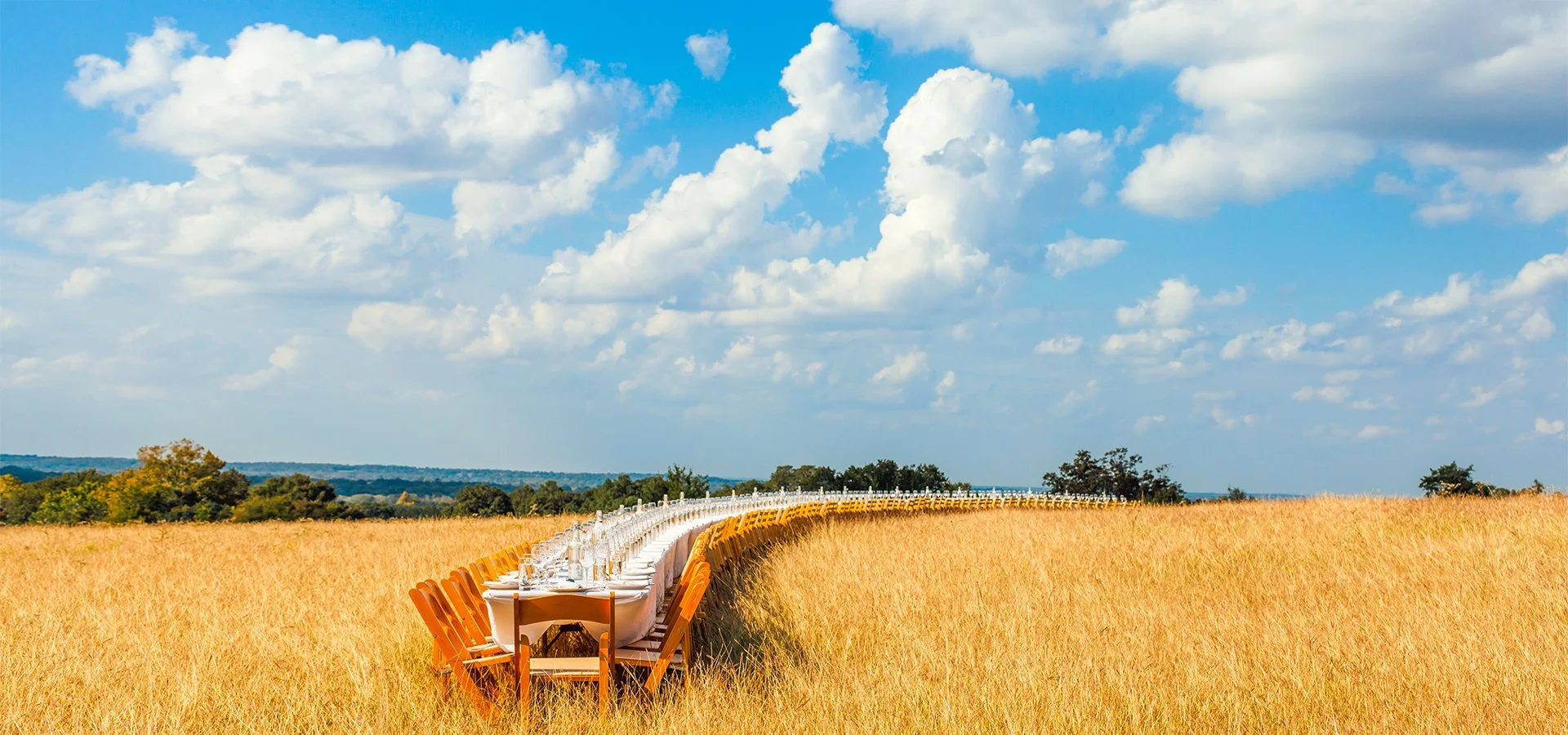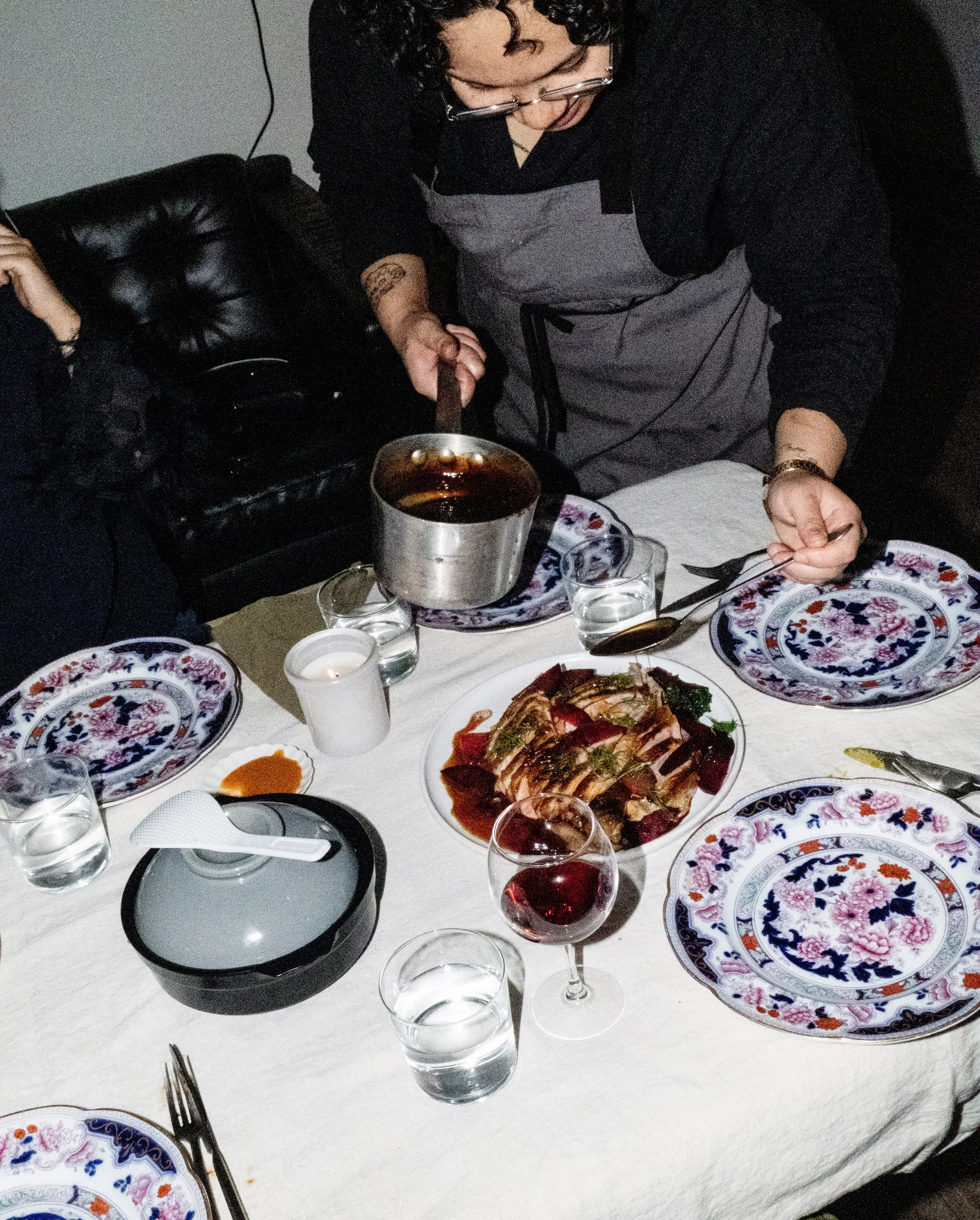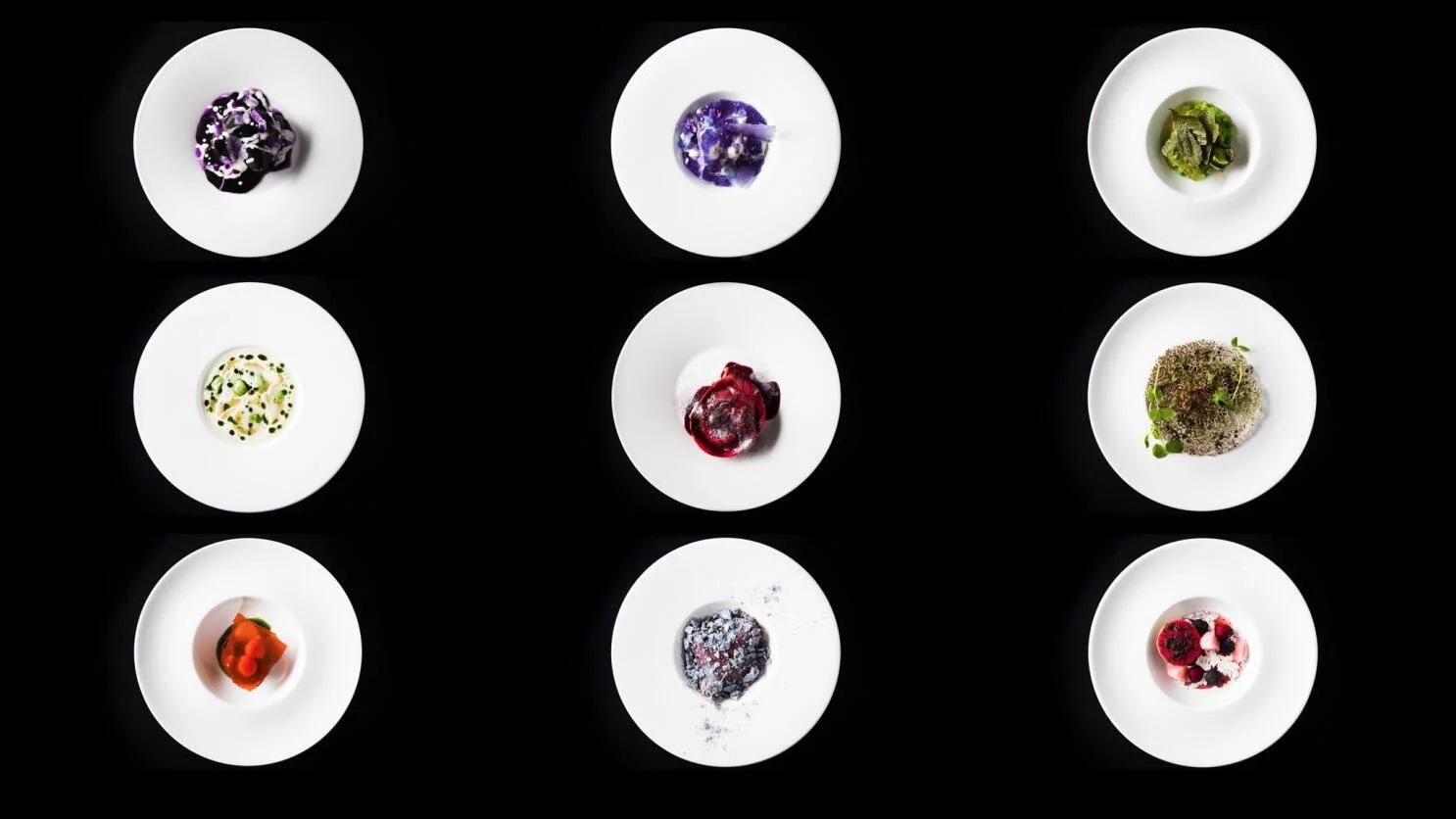The Transient Table: Food as Performance Art
Food has always been a transient art form. It’s made in a moment, savored in another, leaving only memory and story to hold it firmly in place. The impermanence is where the power of food lies. A meal is fleeting, but its impact can ripple far beyond the table, shaping how we see culture, creativity, and most importantly, community.
Increasingly, chefs and artists are experimenting with the dining experience itself, transforming meals into performances, provocations, and poetry. They are dinners as we know them, but they are also conceived as living works of art, where what’s on the plate is inseparable from the atmosphere, the staging, and the intent.
In London, Bompas & Parr have transformed food into a fairy tale-coded, multi-sensory theater experience. Known for their whimsical installations– think immersive jelly banquets, a breathable gin cloud, or a glow-in-the-dark ice cream parlor– the duo create experiences that blur the line between gastronomy and spectacle. Their work asks diners to reconsider what consumption even means, proving that food can be just as radical a medium as paint or marble. The current situationship between fashion and food has reached Bompas & Parr, with a recent campaign for the August 2025 launch of Gucci’s new GG Marmont handbag. The accessory reimagined as high-concept gelatin.
If you ever wanted to dine en plein air, in the midst of something resembling a Robert Smithson earthworks piece, there’s Jim Denevan. Denevan’s Outstanding in the Field tour has transformed landscapes into dining rooms for more than two decades. Long, meandering tables stretch through orchards and farms, sometimes bending to echo the natural contours of the land. Guests are invited to share dishes sourced from the very ground beneath their feet, often without knowing the menu until the plates appear. The table itself becomes a sculpture, the land a quiet collaborator, the meal an ode to impermanence.
Other expressions are decidedly more intimate, like Chynna Banner’s Tomboy Supper Club in Seattle. Born from her apartment kitchen and now unfolding in pop-up spaces, Banner’s dinners reinterpret Filipino food through the lens of identity, third-culture experience, and belonging. They are gatherings where the menu shifts with each event, designed not just to be eaten but to provoke connection through fermentations, playful reinterpretations, and allergy-friendly adaptations that mirror the fluidity of modern heritage. The glow of her dinners is less about polish than atmosphere: flickering candlelight, crowded tables, laughter caught in photographs that somehow feel nostalgic.
An honorable mention falls into the category of projects that lean fully into art and the grandeur of its legacy institutions. In 2016, Craig Thornton’s Wolvesmouth: Taxa at the Museum of Contemporary Art in Los Angeles transformed the gallery into an immersive dining space where sculptural installations, sound, and light were as crucial an element as the food itself. Plates emerged as part of a larger visual and sensory metaphor, with purple-skinned dumplings placed against sculptural backdrops, menus intertwined with shifting light. Thornton’s dinners were less about satiation than sensation, existing somewhere between performance and ritual, made meaningful because they were never meant to last.
The connective tissue uniting these experiences is the insistence that impermanence itself is the art form. When meals are relentlessly photographed, shared, and stored for digital eternity, these happenings privilege in-the-moment presence over permanence. They resist documentation and instead reward memory, asking guests to experience food as something fleeting, embodied, and unrepeatable.
These dinners matter because they remind us that creativity often thrives in the momentary, passing much too quickly for us to grab a phone to capture. A table set in a field, a culturally rich supper club hidden in an apartment, a collaboration that flickers for a single night, an art installation that feeds you as much as it disorients you—each reveals how the act of eating can be transformed into something poetic and temporary. Sometimes the most radical thing we can do with flavor is to let it disappear.
Photos courtesy of Bompas & Parr, Jim Denevan/Outstanding in the Field, Tomboy Supper Club, and MOCA Los Angeles




